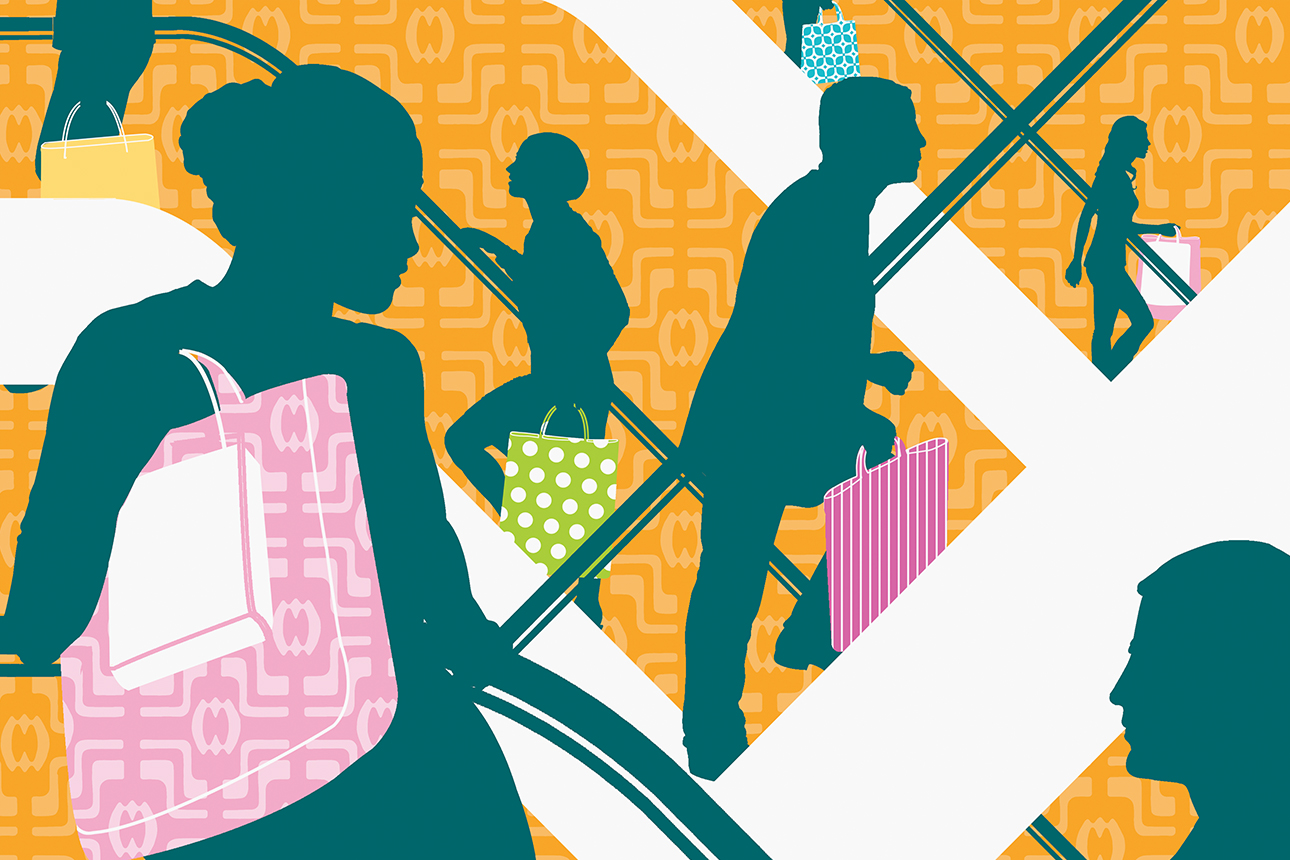What Successful Brick-and-Mortar Retailers Get Right
From virtual snowstorms to golden locker boxes, today’s thriving stores feature experiences shoppers can’t get online. Consider five successful tactics.
Topics

Neil Webb/Ikon Images
Many retailers with physical stores have felt as if they have been fighting for their lives during the past decade. A constant stream of media and industry analysis has poured cold water on the retail channel, documenting how stores have closed at a faster rate than at the peak of the Great Recession in 2008. This so-called retail apocalypse’s casualties have included behemoths like Mothercare, Best Buy (which in March announced plans to close 10 to 15 stores by year’s end), and Toys R Us (which filed for bankruptcy in 2017, closed all U.S. stores in 2018, and is now trying to mount a comeback featuring experience-based stores in locations like Mall of America). Despite the doomsayers, some retailers have piloted adaptive change, even as their peers have struggled to evolve. This supports the assertion that brick-and-mortar retail is simply in a state of correction — a period of change and rebound.
Get Updates on Innovative Strategy
The latest insights on strategy and execution in the workplace, delivered to your inbox once a month.
Please enter a valid email address
Thank you for signing up
While no silver bullet solution exists, many lessons can be gained from organizations that have been skillful during this challenging time. Retailers should ask themselves these three overlapping questions:
- How do we deliver value that isn’t easily replicated in the online channel?
- How can we curate our in-store shopping experience to be more fun and memorable?
- How do we reward shoppers for making the effort to visit us in store?
Five Brick-and-Mortar Retail Tactics That Work
Based on research and experiments on visual merchandising, this article puts forward five innovative tactical interventions (spelling the acronym STORE) as a starting point of inspiration for retailers. If your organization’s answer to one or more of the above questions reveals deficiencies, consider which of these tactics could help you attract more shoppers.
S: Integrate Hands-On Sensory Experiences
When we shop, we use our hands, ears, nose, and mouth in conjunction with our eyes. A parallel can be drawn to a visit to a fine dining restaurant, where a plethora of smells, as well as visual and auditory cues, complement the taste of the food. Retail shoppers yearn for a rich and holistic sensory experience. Unfortunately, many stores are designed and organized in a way that suppresses rather than embraces this need. Displays resemble what is found in the online channel, with merchandise hidden behind screens or packages stacked on top of one another.
